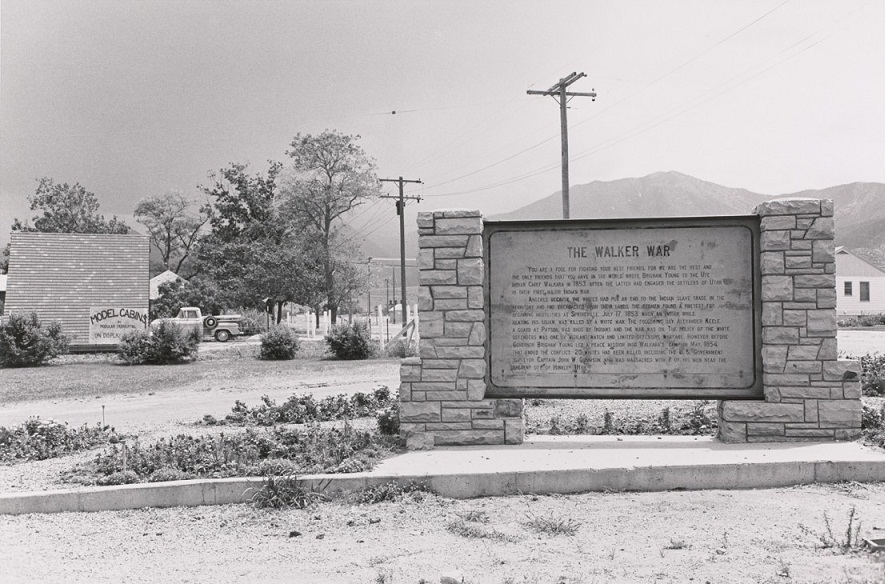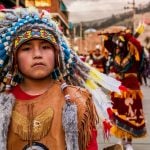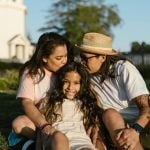Utah’s Walker War

( – promoted by navajo)
The Walker War was a conflict between the Mormon settlers in Utah and Utah’s aboriginal peoples, the Ute. The leader of the Utes was Wakara, called Walker by the Mormons, and the conflict became known as the Walker War.
Some Background:
In 1850, Ute leader Wakara invited Brigham Young to attend the annual Indian trade gathering in Utah Valley. Young and a delegation of Mormons met with the chiefs in council. When a Shoshone group raided a Ute camp, Wakara asked Brigham Young for Mormon militia support in the retaliation raid. The support was refused.
While angry with the Mormons for refusing aid, Wakara led his Ute warriors against the Shoshone. Upon his return after effecting bloody retaliation on the Shoshone raiders, Wakara and his band demonstrated in front of the settlement fort at Manti, showing off their war trophies. Walker then decided to move north and attack the Mormon settlement at Provo. However, Ute chief Sowiette persuaded him to call off the attack.
The War:
In 1853, the Mormons killed a Ute man and wounded two others near Springville. The fight originated over a trade of flour for fish. The slain man was one of Wakara’s relatives. Wakara demanded that the killers be turned over to him. When Indians had killed Mormons, the Mormons had always demanded that the chiefs turn the killers over to Mormon authorities for punishment. The Mormons, however, refused to turn the killers over to the Utes for punishment.
Tensions between Mormons and Utes culminated in the Walker War. Wakara, the chief of the Tumpanuwac band of Utes, led a series of effective raids against Mormon communities to obtain food and livestock.
In response to the raids, the Utah Territorial Militia was mobilized. Behind this organization stood the full power of the Mormon church. Many of the highest ranking militia and civil leaders were also ranking church officials.
At Clover Creek a Mormon group driving cattle was attacked by a Ute party, but their militia escort drove them off. The militia reported killing as many as five Ute warriors.
Acting in direct violation of general orders a Mormon militia unit attacked a Ute camp near Goshen, killing four or five people. The Ute survivors escaped death by hiding in the marshes until the attacking militia left.
When a group of Ute came to the fort at Nephi seeking protection, the townspeople killed them “like dogs.” One eyewitness wrote:
“Nine Indians coming into our camp looking for protection and bread with us … were shot down without one minute’s notice”
Another eyewitness writes:
“They were shot down like so many dogs, picked up with pitchforks [put] on a sleigh and hauled away”
In 1854, the Walker War ended when Ute chiefs Ammon and Migo indicated that they were ready for peace. The Ute warriors recognized that they were hopelessly outnumbered and outgunned. When Wakara returned from the Navajo country he also agreed to peace. He asked for food, guns, and ammunition.
The peace negotiations were carried out at Chicken Creek. Initially, Wakara refused to leave his tent, but Brigham Young entered the lodge. Young laid his hands upon Wakara’s sick daughter and gave her a blessing. After a long and patient negotiation, Walkara was able to accept defeat without humiliation.



